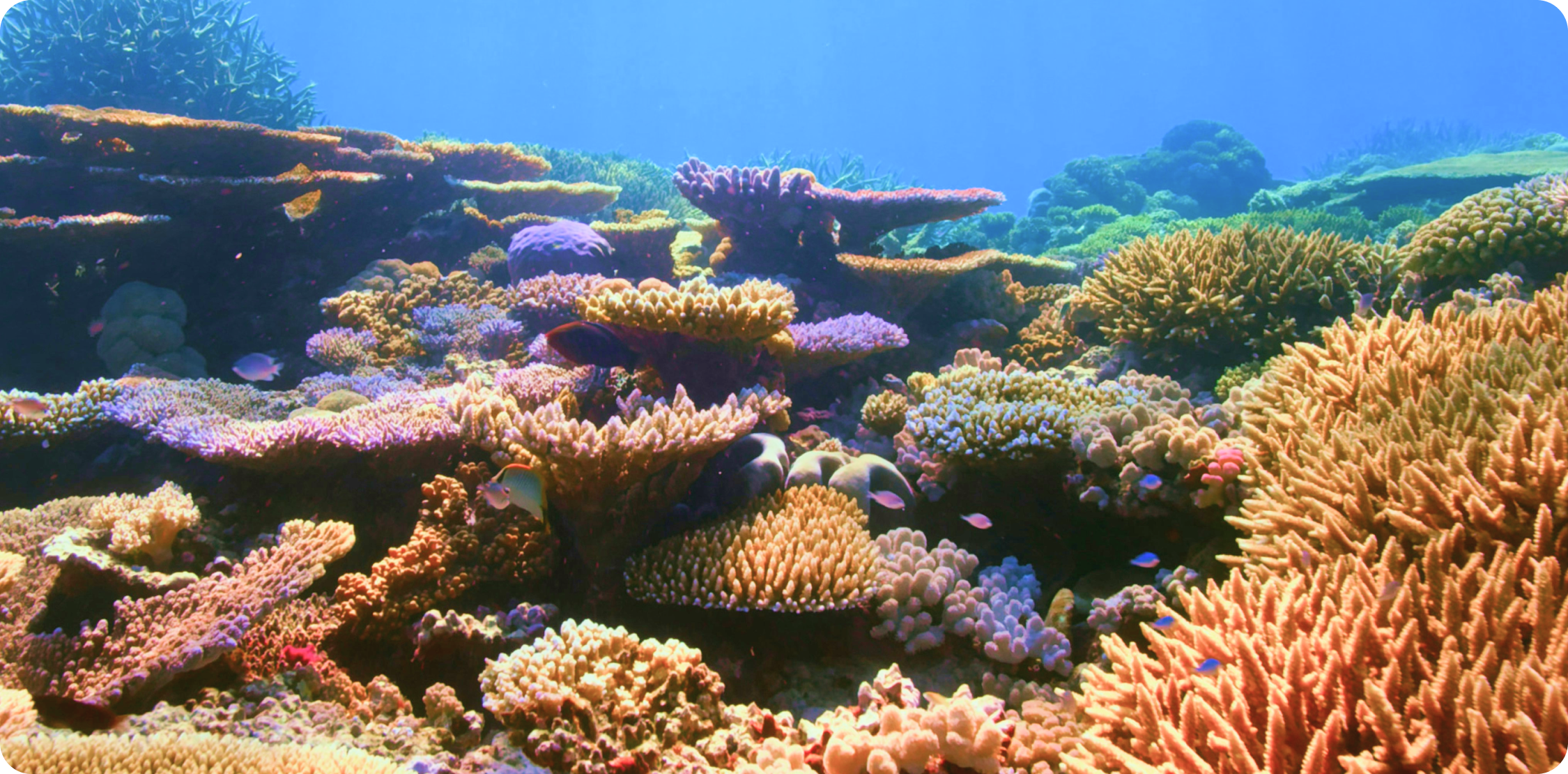The High Seas Treaty Explained: What It Means and Why It’s Urgent
The High Seas Treaty Explained: What It Means and Why It’s Urgent
Author: Team Grove
The high seas, which make up nearly half of Earth’s surface, have long operated like a lawless frontier. But a new global agreement could finally change that.
The UN High Seas Treaty, formally known as the Biodiversity Beyond National Jurisdiction (BBNJ) Treaty, is a landmark step toward protecting marine life in international waters. In a moment where climate change, pollution, and overfishing threaten ocean ecosystems more than ever, this treaty offers a chance to turn the tide.
Here’s what you need to know—and why 2025 could be a turning point.
What is the High Seas Treaty?
Adopted by the United Nations in June 2023, the High Seas Treaty is designed to protect biodiversity in parts of the ocean that fall outside any single country’s jurisdiction.¹ These areas — known as the high seas — cover about two-thirds of the ocean but have historically lacked clear rules for conservation.
The treaty establishes a legal framework to:
Create marine protected areas (MPAs) in international waters for conserving marine life
Conduct environmental impact assessments for activities like deep-sea mining
Ensure fair sharing of marine genetic resources, used in food, medical treatments, and biotechnology
Provide capacity-building and technology transfer for developing nations
It’s the first time countries have agreed to cooperate this broadly to safeguard biodiversity beyond their borders.
Why it matters — for the planet and for people
The high seas are critical to planetary health. They regulate climate, support fisheries that feed billions, and host ecosystems that are still largely unexplored. Without coordinated protection, these waters face mounting threats:
Overfishing and unregulated industrial activity are disrupting fragile ecosystems.
Pollution, especially plastic and chemical runoff, is accumulating in ocean gyres and deep-sea trenches.
Climate change is warming and acidifying waters, harming coral reefs and marine life.
By enabling the creation of MPAs in the high seas, the treaty is a vital step toward achieving the “30x30” goal — a global pledge to protect 30% of land and sea by 2030.²
This isn’t just about the environment. It’s also about human health. Oceans help regulate carbon, sustain global food systems, and provide compounds used in cancer treatments, antibiotics, and other medicines. Protecting marine biodiversity is a direct investment in our collective future.
Where things stand in 2025
As of mid-2025, nearly 50 countries have ratified the treaty. Once 60 countries formally adopt it, the treaty will officially enter into force — kickstarting the process of establishing high seas MPAs and other governance mechanisms.
At the UN Ocean Conference in Nice in June 2025, momentum surged. Several countries signed on, and leaders signaled hope that the treaty could become active by early 2026.
Still, that last stretch is crucial. Without 60 ratifications, the treaty remains symbolic — and the high seas stay vulnerable.
The U.S. isn’t on board (yet)
The United States signed the treaty in 2023, but it has not ratified it. That step requires U.S. Senate approval, which has stalled due to political division and concerns about national sovereignty.
At the 2025 Ocean Conference, the U.S. participated only as an observer.³ That means while the country can voice support, it won’t have voting rights or a formal role in shaping how the treaty is implemented.
For a country with one of the world’s largest ocean territories and a deep stake in global fisheries, the absence is notable — and disappointing to many marine scientists and advocates.
What you can do
While the treaty’s big decisions happen on the international stage, individuals still have power. Here are a few ways to support ocean health from home:
Reduce single-use plastics, which often end up in the ocean.
Support organizations working on marine conservation and treaty advocacy.
Stay informed about your country’s stance and advocate to your lawmakers to ratify the treaty if they haven’t.
Choose sustainably sourced seafood and eco-conscious products to help protect ocean biodiversity.
Looking ahead
The High Seas Treaty is a rare example of global cooperation in an era marked by division. It’s a bet on shared responsibility — a recognition that the ocean doesn’t belong to any one of us, but it sustains all of us.
If it succeeds, it could help protect vast stretches of ocean, stabilize global ecosystems, and give marine life a fighting chance. But it needs more than signatures. It needs action, follow-through, and accountability. Because the health of the ocean isn’t a distant issue. It’s a home issue, too.
Sources
1 Pickerell, T., & Swift, A. (2025, June 17). The High Seas Treaty: A 20-year journey to transform ocean governance. World Resources Institute. https://www.wri.org/insights/high-seas-treaty-explainer
2 United Nations. (2023, June 19). Beyond borders: Why new 'high seas' treaty is critical for the world. UN News. https://news.un.org/en/story/2023/06/1137857
3 Millán, L. (2025, June 13). UN Ocean Summit Tries to Prevent Seas From Becoming ‘Wild West’. Bloomberg Green.https://www.bloomberg.com/news/newsletters/2025-06-13/un-ocean-summit-tries-to-prevent-seas-from-becoming-wild-west


